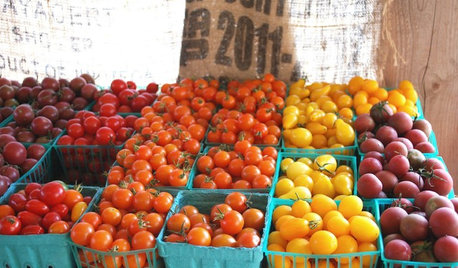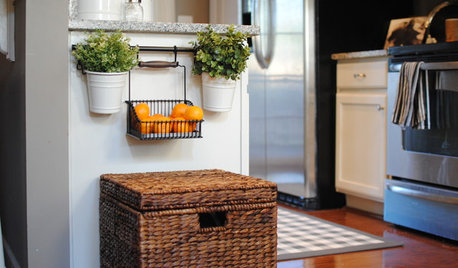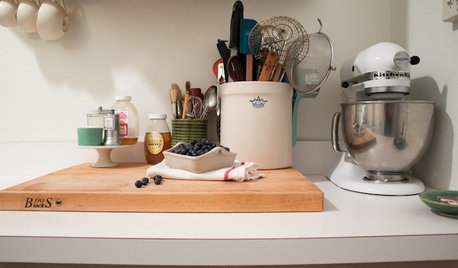Blueberries Didn't Fruit
Bruce (Vancouver Island)
5 years ago
Featured Answer
Sort by:Oldest
Comments (8)
Related Professionals
Deer Park Landscape Architects & Landscape Designers · Nutley Landscape Contractors · San Rafael Landscape Contractors · University City Landscape Contractors · Hershey Landscape Architects & Landscape Designers · Fairfield Landscape Contractors · Mission Viejo Landscape Contractors · Waterford Landscape Contractors · Cherry Hill Fence Contractors · Galveston Fence Contractors · Towson Fence Contractors · Wake Forest Fence Contractors · Clermont Landscape Contractors · Fairhope Landscape Contractors · Easton Driveway Installation & MaintenanceBruce (Vancouver Island)
5 years agoBruce (Vancouver Island)
5 years ago
Related Stories

GARDENING GUIDESGreat Design Plant: Grow Blueberries for Their Fruit and More
Eastern gardeners should consider growing blueberry plants for their delicious fruits, bee-friendly spring blooms and brilliant fall foliage
Full Story
EDIBLE GARDENSSummer Crop: How to Grow Blueberries
Plant blueberries in spring or fall for garden beauty through three seasons — and a sweet superfood in summer
Full Story
FALL GARDENING5 Fall Fruits You Can Grow in Containers
Brighten your porch or patio with a potted pomegranate, kumquat, blueberry bush or another great fall fruit
Full Story
FARM YOUR YARDIf You Have Room for Only One Fruit Tree ...
Juice up a small garden with one of these easier-care or worth-the-effort fruit trees for a mild climate
Full Story
EDIBLE GARDENSHow to Grow 10 Favorite Fruit Trees at Home
Plant a mini orchard in fall, winter or early spring to enjoy fresh-off-the-tree fruit the following year
Full Story
ENTERTAININGEye-Catching Centerpieces Beyond Flowers and Fruit
Use your imagination to create a tableau that reflects your surroundings, creates dramatic tension or elicits surprise
Full Story
MOST POPULARHow to Get Rid of Those Pesky Summer Fruit Flies
Learn what fruit flies are, how to prevent them and how to get rid of them in your home
Full Story
EDIBLE GARDENSThe Most Productive Fruits, Veggies and Herbs to Plant Right Now
These crops offer the best bang for the buck, earning their keep with plentiful harvests
Full Story
Fruit Displays Sweeten Summer Interiors
Eating the rainbow takes on a new meaning in these seasonally inspired fresh fruit accents
Full Story
KITCHEN DESIGNKitchen of the Week: Tiny, Fruitful New York Kitchen
Desserts and preserves emerge from just a sliver of counterspace and a stove in this New York food blogger's creatively used kitchen
Full StoryMore Discussions






gardengal48 (PNW Z8/9)